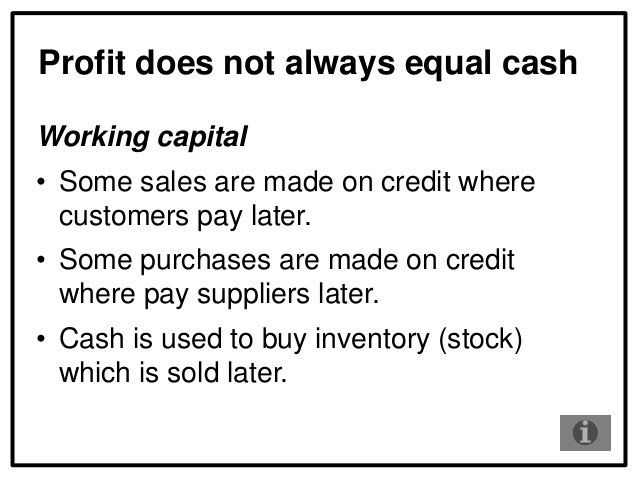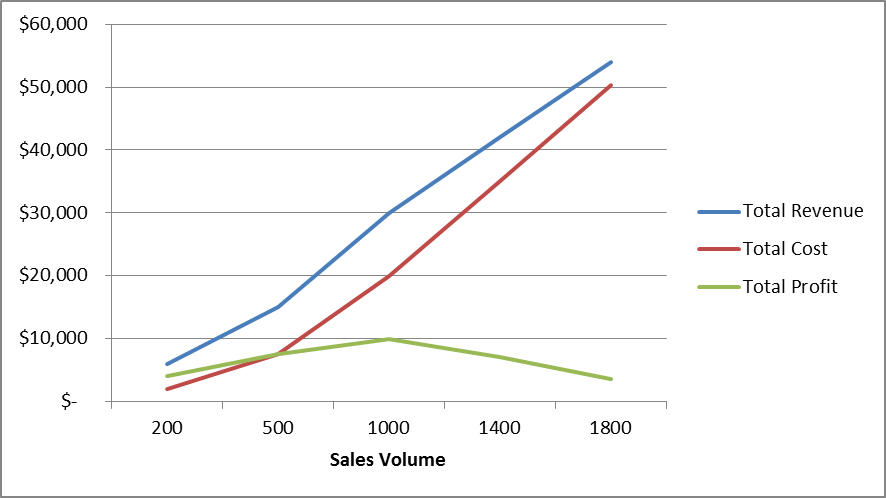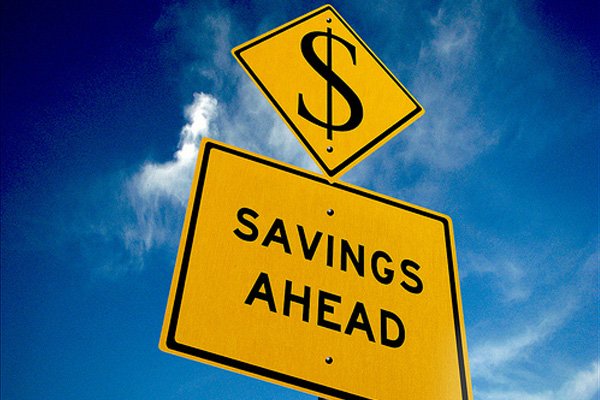Business Hacks: Revenue Does Not Equal Profit

This is the first and most important concept one needs to understand when they run a business: High sales do not mean that the business is actually profitable.
Revenue, Gross Sales, Net Sales and Profit
By revenue we refer to the total amount of money a business generates by selling its goods or services. One may naively think that this is the main target of the business: get as many customers as possible, sell as much as possible, and make money! However, things are a bit more complicated than that…
First of all, we need to subtract from all this income the amount of money we initially paid to manufacture and/or import our products. The money we are left after the cost of production is called gross sales and it’s the actual money on which our business runs, or the money available to pay its operating expenses.
After that, we need to subtract from that all the sales discounts, allowances and returns. Our money left is called net sales.
But we are not done yet! We then have to subtract all the expenses on which the business runs, as well as the taxes paid. The remaining amount is called net profit and this is the clear profit you make as a business, the money that ends up in your pocket.
The main thing to note here is that the amount of revenue does not really matter. What matters is the profit. It’s preferable to have a company with lower income and higher profit, than a company with high income and low profit.
Reducing Expenses
Expenses include rent, employee payrolls, marketing costs, maintenance and reparations, defective or aged goods, legal, accounting and banking fees, office supplies, etc.
The trick is to find smart ways to grow your business revenue without growing its expenses. I will write a separate post on minimizing loss, but here are twelve brief ideas:
-1- Carefully pick your location. You don’t want to be too close to a competitor who already has a bigger name than you. You’ll end up splitting the profits.
-2- If you do end up close to a competitor, use the technique of price anchoring: Focus on your differences and market your product as an entirely different product with a different name tag. People tend to associate the first price they see on a product as its “real” value. From there on, everything else is cheaper or more expensive in comparison. (More on marketing psychology on a next post).
-3- Pick your street, rent cost and renovation costs in relation to what you are selling. If you are selling designer clothes, you will be better off in a high-end street. If you are selling discounted, past-season products, you’ll need a cheap rent in a not-so-wealthy neighborhood. You don't need expensive furniture to display low-value items. One reason is that the already reduced prices of your products will get you closer to the production cost, and that means that you won’t gain much so you need low expenses. Another reason is that you need to be close to your target audience.
-4- Don’t order large quantities of a product without trying it out first. Note down best sellers and worse sellers monthly and order your stock in relation to that. You can also note customer requests and order similar products. Store away any non-seasonal stock in order to keep it from looking boring, and getting dirty, used and depreciated.
-5- Keep markdowns in check. Don’t just base discount decisions on quantity. Keep production cost and/or original retail price in mind. Again, expensive products don’t matter. What matters is the relationship to the production cost. A €10 product sold at full retail price is more profitable than a €50 product sold at half price.
-6- Calculate costs and benefits before an advertising campaign. Don’t invest too much on a sales campaign since you will be losing money on markdowns anyway. Invest more on a campaign that focuses on quality or style or introducing a new product or service.
-7- Adjust your prices to inflation costs. Inflation means that your production costs will be higher, your rent will be higher, payrolls will be higher and in general, your expenses will be higher. It’s often hard for customers to accept it, so it's best to adjust your prices at the beginning of a new season or with the introduction of a new product or an improved service.
-8- Monitor your maintenance and reparation costs and save resources whenever possible. That doesn’t mean to neglect your property and presentation or not to repair your damages. It means finding smart ways to spend less money on them. I will do a separate post with more suggestions about that.
-9- Plan your employee schedule according to how many sales you have per hour. Don’t just spread out the hours in two shifts, the same every day. You might need to create more shift variations to accommodate busy hours and/or days. Same goes for any external assistants such as cleaning ladies or technicians. Schedule any tasks according to workload so that sales come first.
-10- When receiving products, check if the stock report is accurate. Throughout the year, take some random items, especially higher value ones, and check whether there is any discrepancy between reported stock and actual stock. This is called a cycle count. Correct any discrepancies immediately.
-11- Be aware of internal and external theft. Install cameras and security tags on your products, or display only the box if possible. Count your cash after each shift and note whether there are discrepancies in certain shifts. Ask any visitor who comes into the office, warehouse or where money or stock is kept to leave their name, signature and phone number. Perform locker checks and/or bag checks on employees and visitors before leaving (employees might have to sign an agreement first for legal reasons).
-12- Take care not to have many defective products. Always check that the product is in good condition in the case of a return. If you display items on windows, rotate them regularly or display only their box in order to avoid being destroyed by the sun. Don’t leave stock in the storeroom for a large amount of time. Display it with focus techniques in order to sell it before it ages.




Congratulations @elemenya! You have completed some achievement on Steemit and have been rewarded with new badge(s) :
Click on any badge to view your own Board of Honnor on SteemitBoard.
For more information about SteemitBoard, click here
If you no longer want to receive notifications, reply to this comment with the word
STOPBy upvoting this notification, you can help all Steemit users. Learn how here!
Excellent advice and not the usual tips unless you are an insider.
Thank you, kyriacos.
An interesting read, thanks for sharing!
Thank you!
This is very useful. People need better training on practical economics.
Thanks. I'm trying to focus on the practical aspects of running a business. Hopefully I can help some people with ideas!
This is very helpful and interesting , Excellent tips and advice for business. Thank you for sharing.
Thank you, @aali. Welcome to steemit! ;)
ahhh pass this kind of information to every child you meet!! We dont teach our kids anything about money or the economics of a business structure!! This is dire info!! thank you for posting this!!
Its all about cash flow. You may be making sales but are you making enough cash to meet your short-term obligations?
...And are you making enough money to, well, live off your business? :)
Sorry for the late reply, apparently I don't always get notifications.